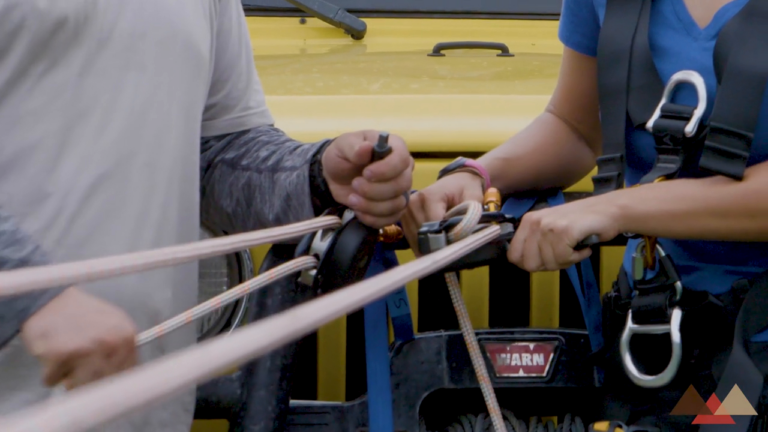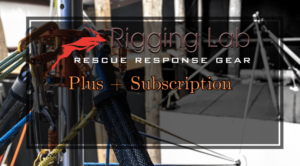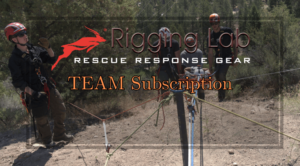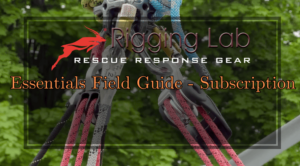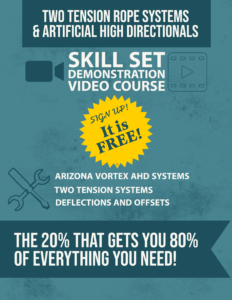Ground-Based Descent Management in Skate Block Systems
Effective ground based lowering and using Petzl IDs in skate block rescues demands not only precision at the top-end rigging but also control and clarity at the base of the system. In a skate block offset, the bottom-side setup plays a pivotal role in managing the descent of the rescuer and patient. This section highlights the components and operation of a ground-based lowering system using Petzl ID devices.
Anchor Integrity and Device Setup
A strong anchor is the foundation of any descent control system. In this case, a vehicle with a steel bumper served as a bombproof anchor, chosen for its immovability and structural integrity.
- Device Selection: Two Petzl ID descent control devices were used to manage the load. These are industry-standard tools for controlled lowering with built-in safety features.
- Positioning Strategy: Both IDs were placed close together on the anchor. This configuration allowed a single operator to monitor and control both working lines from one location, improving efficiency.
- Backup Considerations: Positioning the devices near one another enables the setup of a clean, mirrored system and allows fast handoff if another operator is needed.
Operational Roles and Slack Management
Successful operation requires a combination of primary control and support monitoring:
- Primary Operator Duties: The main rescuer at the anchor manages both IDs simultaneously. They are responsible for applying friction, maintaining pace, and monitoring tension.
- Support Rescuer Role: A second rescuer trails the rope into the ID devices. This team member is tasked with feeding slack in real time, based on the movement of the load.
Together, this pairing allows for responsive descent adjustments and helps prevent unintended tension build-up or system drag.
Controlled Descent in Action
Once the rescuer is loaded into the skate block system at the top, the ground team takes control:
- Slack Introduction: By feeding slack into the ID devices, the team initiates movement. The system begins to lower the load with controlled momentum.
- Load Movement: As gravity pulls the rescuer downward, the load moves through the skate block pulley system. This movement is monitored and modulated entirely from below.
- Operational Benefits: Keeping descent control at the ground level offers several advantages:
- Reduces the need for high-point operators
- Centralizes communication and oversight
- Allows one or two rescuers to maintain complete control
Conclusion
This ground-based control method in a skate block system demonstrates the effectiveness of using redundant devices, trusted anchors, and tight coordination between team members. It’s a compact, clean solution for complex lowering scenarios where safety, efficiency, and simplicity must work hand in hand.
Peace on your Days
Lance

